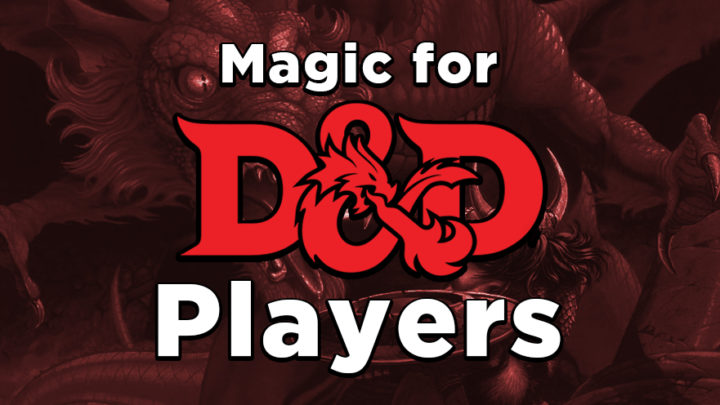Magic: The Gathering and Dungeons & Dragons are two of the most popular and well-known tabletop games around. With histories spanning decades, global fan communities, and entire genres of imitators around them, it’s likely that anyone with a geeky bone in their body has tried at least one of them.
D&D and Magic have also both been owned by the same company since the early 2000’s, and Wizards of the Coast has created plenty of crossover products to try and introduce players of each game to the other. But there are a lot of differences between the two, and many barriers still discourage roleplaying fans from trying out Magic for the first time.
Fortunately Magic, like roleplaying games themselves, exists in many forms and can be easily tweaked to your enjoyment. Here’s a guide for all you D&D fans to find YOUR fun in Magic — by focusing on the common elements between the games, rather than their differences.
IN THE SPIRIT OF COMPETITION
It’s relatively easy to sell Magic to roleplayers who enjoy the “crunchier” math-and-strategy parts of D&D. Optimizing character builds and crawling through a monster-heavy dungeon is a lot of fun, enough that games like Gloomhaven and Descent have repackaged that experience as standalone products.
Magic: The Gathering makes that kind of problem-solving and rules-space-exploring central to the hobby, and offers the deepest possible range of options for you to dive into. With tens of thousands of unique cards to combine, people are still coming up with strong new deck ideas after decades of play; the puzzle is intricate and never truly solved.
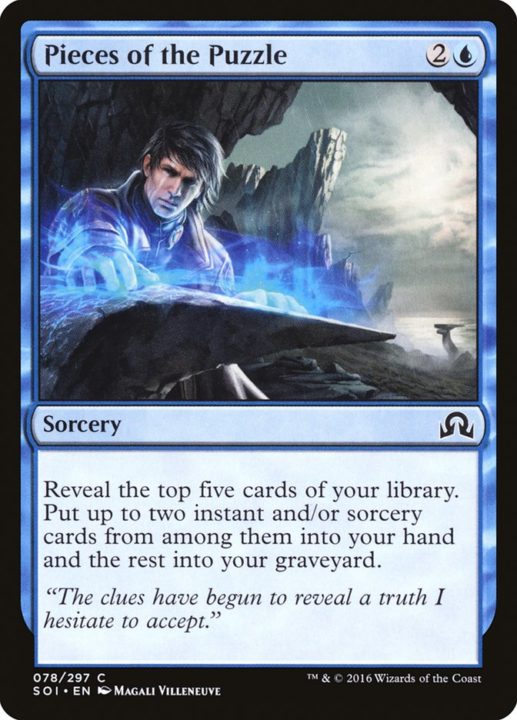
Of course, plenty of roleplayers aren’t that interested in competitive games, or at least aren’t going to try out Magic for that reason. But despite the focus of online discussion, Magic is more than just its tournament scene.
SPELLSLINGING? OR STORYTELLING?
One of my personal favorite parts of any roleplaying campaign is how collaborative the storytelling is. By working together, you and your friends often end up telling a cooler and more nuanced story than any of you could alone.
You don’t often hear it talked about, but Magic is a similar experience in collaborative storytelling. I’m not necessarily talking about the strict official lore; it can be hard to explain why creatures from twelve different planes are all fighting alongside one another. But Magic decks do take on a certain character, and your play style and decisions create memorable moments that anyone familiar with D&D “war stories” will recognize.
An aggressive red-black deck which feeds its own lesser creatures and life points to satiate its giant demons and dragons feels like it has a story. That story is very different from that of the green deck featuring a community of elves who must decide who among them can afford to die defending against the demons while more vulnerable druids enact a vital ritual to awaken the forest. And every battle between those decks features a different twist on that story: sometimes the red-black horde will swiftly overrun the elven home; other times a great elven general might appear early on and bolster their defenses. And all their battle stories will look very different from the mental duel between rival blue mages happening on the table next to them!
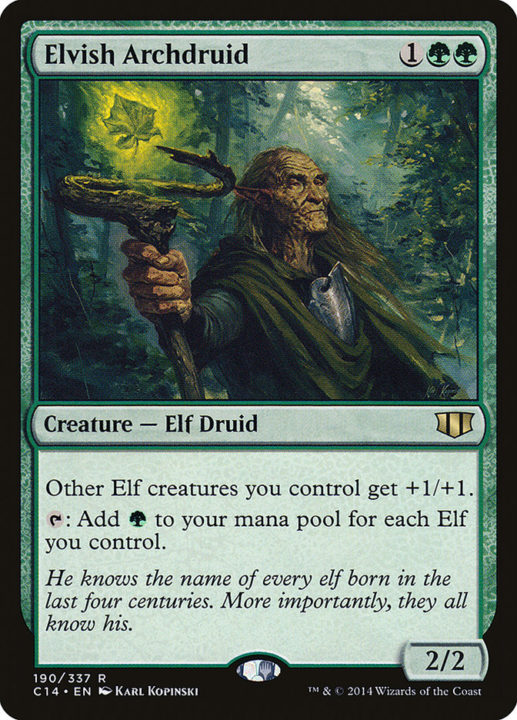
Beyond just the range of story elements available in Magic, this example highlights how telling the story through a fundamentally competitive game can be a benefit. It gives everyone at the table agency and adds a sense of suspense and excitement beyond what rolling dice alone can offer. You don’t know how things are going to turn out, but you can confidently focus all of your energy on your own character and fight for their goals.
When you don’t have time to schedule a whole campaign or you can’t get a consistent group together for roleplaying, a fun night of casual Magic can be a great substitute.
E-D&D-H: THE IDEAL CROSSOVER
The idea of Magic as collaborative, narrative fun is precisely what has made Commander (also known as Elder Dragon Highlander, or EDH) the most popular Magic format for casual players.
Commander has everything you could want to bring some D&D flair to your table. It’s typically played in groups of 3-6, specifically encourages flavorful decks built to highlight a “player character,” and brings an element of unpredictability which naturally creates big “story” moments.
My games of Commander have featured a lone pyromancer heroically sacrificing herself to incinerate an infinite plague of snakes; warring kingdoms of catfolk and vampires uniting to stop a mad wizard from assembling a doomsday device; and an eternal battle between two regenerating zombie armies in the ashes of a terrible apocalypse. And that was just in the last month!
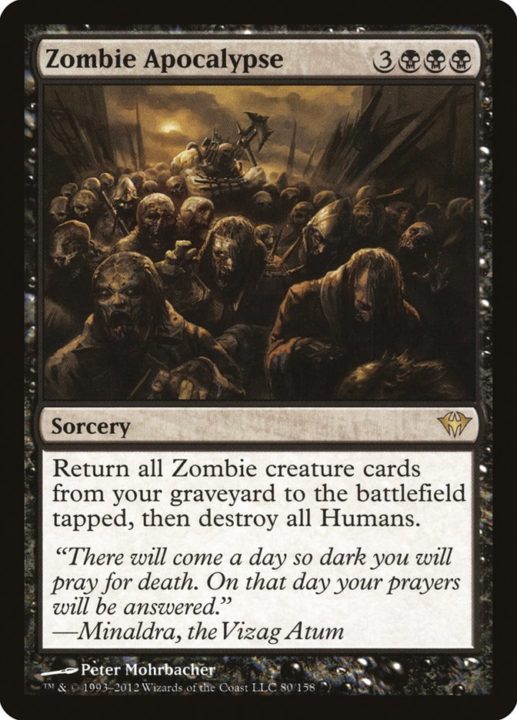
The most critical rule to enjoying Commander is one that D&D players already know well: Rule 0. When everyone at your table has the shared goal of “fun” — and a common understanding of what “fun” is — Commander is an incredibly rewarding experience.
If you’re wondering where to start with Magic, why not see if you can find each player in your group a Commander which suits their D&D character? We even have some recommendations that you can check out.
TWO GREAT TASTES THAT GO GREAT TOGETHER
Once you’re on board with Magic, you’ll find that, like D&D, it’s a hobby you can appreciate more over time. The project of collecting cards and slowly evolving your decks is one of the closest “real life” experiences to RPGs, allowing you to add some “character development” to your Magic storytelling.
You can also explore more ways to deepen your Magic experience. Some formats (rules variants), like Archenemy or Emperor, assign roles to each player before the game. Playing as the Big Bad, complete with bonus powers that help you battle the rest of the table, can be a great break from the usual multiplayer politics.
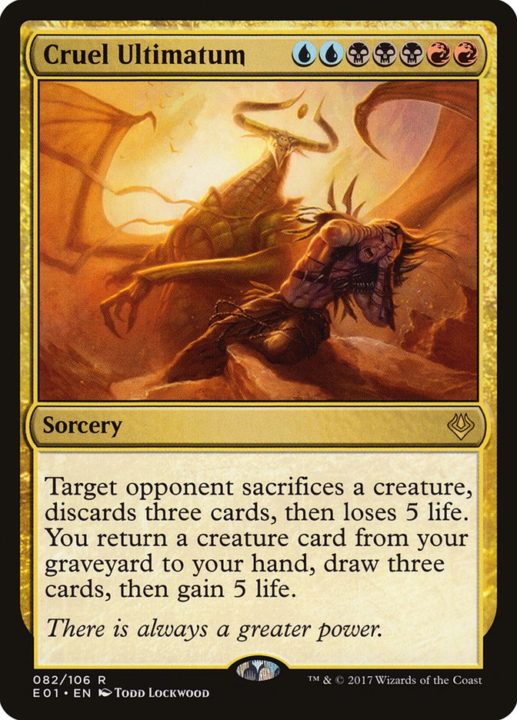
If you enjoy themed deckbuilding, or setting the scene as a DM, there are many formats that allow you to craft a specific set of cards to play against each other. Curating the Magic experience like this can create a different kind of puzzle and lead to some memorable stories. Duel Decks (pairs of decks designed specifically to battle against each other) are like a single scenario or adventure. More advanced formats like Cube Draft or Battle Box ask you to populate a whole “world” of cards, which players can use to create new decks. These variants are popular among experienced Magic players and worth trying once you have a good knowledge of cards.
You can also combine Magic and D&D to produce a roleplaying game which uses Magic games to resolve combat and other rules-heavy scenarios. Several communities online have created their own rulesets, and I’ve even had a go at it myself in the past. I find it a great way to explore some of the rich settings of Magic, run a combat-focused D&D game without needing as much bookwork or prep… or even lure some Magic players into trying D&D!
Whatever path you take, you’ll be doing yourself a favor by sampling these closely-related forms of social gaming. If you’re looking to purchase your first Magic deck, you can find one online at stores like CardKingdom.com, or at your local game store. If you’re looking to make the jump the other way, or just incorporate Magic’s storyline into your D&D adventures, check out The Guildmaster’s Guide to Ravnica or the upcoming Mythic Odysseys of Theros. They’ll have you feeling the lore and recognizing key characters from Magic in no time!

Tom’s fate was sealed in 7th grade when his friend lent him a pile of commons to play Magic. He quickly picked up Boros and Orzhov decks in Ravnica block and has remained a staunch white magician ever since. A fan of all Constructed formats, he enjoys studying the history of the tournament meta. He specializes in midrange decks, especially Death & Taxes and Martyr Proc. One day, he swears he will win an MCQ with Evershrike. Ask him how at @AWanderingBard, or watch him stream Magic at twitch.tv/TheWanderingBard.

